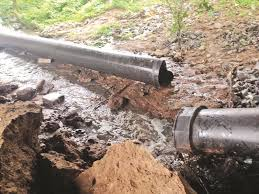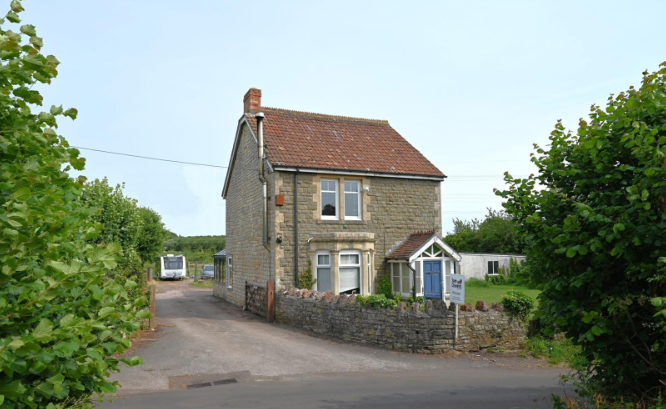Collapsed drains are quite a common problem. This is mostly due to the fact that the average age of residential drain systems is in excess of 20 years, and many pipes are made from earthenware which is vulnerable to cracking. A collapsed drain can be quite a serious problem, potentially damaging the foundations of a property and compromising its structural integrity.
Responsibility for Drains
Usually, the homeowner is responsible for drains inside the boundaries of their property. Local authorities or water companies are usually responsible for drains in public spaces.
So, what are the 5 key signs of a collapsed drain?
1. Damp floor or walls: a collapsed drain can disrupt the normal water flow and direct it to a number of different places. This usually presents as damp on walls or on the floor. If this is left unchecked, it can cause mould which is potentially damaging to the health of those living in the property.
2. Regular blockages or sewage backups: although not necessarily a sign of a collapsed drain if a one-off, if these occur regularly then it is likely there is a collapsed or partially collapsed drain.
- Sewage smell in the property: if you notice foul sewage or eggy smell in your property which doesn’t go away when you clean the pipes, it could well be that you have a collapsed drain. This smell may also come from the floor, walls or even the soil that surrounds the property.
CCTV drain surveys Reading
If you suspect that you have a collapsed drain, it may be worth commissioning a CCTV drain survey. If you live in Berkshire, there are several companies who offer CCTV drain surveys Reading and the surrounding areas.
4. Slow drains: slow drains can be caused by blockages but can also indicate that there may be a collapsed drain somewhere in the system. A collapsed drain itself may also cause a blockage within the pipes, exacerbating the problem.
5. Subsidence or soil erosion: both of these are signs that water may be escaping from a collapsed drain.





